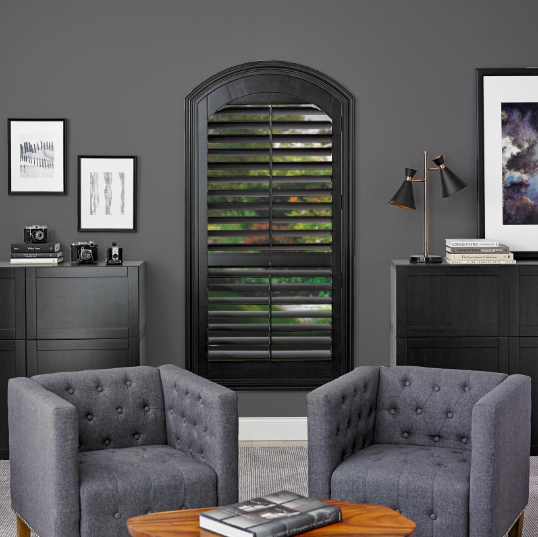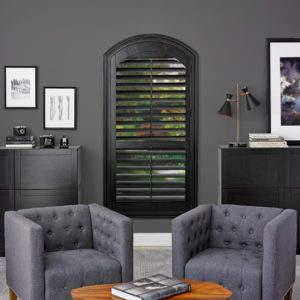
 Interior shutters or plantation shutters are an object of a home that most people can recognize. Yet something that the average person cannot tell you about interior shutters is what features make them unique, or even what they are made out of. When it comes to Interior plantation shutters, Tampa residents should be aware that many manufacturers make their own plantation shutters, so they are not always the same, but most of these features are pretty common. These are some features that make interior shutters much different from blinds and curtains that most people have in their home.
Interior shutters or plantation shutters are an object of a home that most people can recognize. Yet something that the average person cannot tell you about interior shutters is what features make them unique, or even what they are made out of. When it comes to Interior plantation shutters, Tampa residents should be aware that many manufacturers make their own plantation shutters, so they are not always the same, but most of these features are pretty common. These are some features that make interior shutters much different from blinds and curtains that most people have in their home.
What are Interior Shutters Made of?
The most noticeable difference between blinds and curtain when compared to interior plantation shutter are what they are made of. Most people think that window shutters are made out of plastic, but they are actually more commonly made out of polyurethane, which is slightly different from regular plastic. When it comes to polyurethane interior plantation shutters, Tampa residents might think that they will be easy to break or to crack, but there is an additional material used to strengthen home shutters. Most louvers that are available with interior shutters are often reinforced with aluminum on the inside in order to keep them light, but also offer more support, so they are not as easy to break.
Hidden Features of Interior Shutters
Another aspect of window shutters that many people do not take into consideration is what technology or features are on the inside of interior plantation shutters. Tampa residents might not be aware that sections of interior shutters are often held together with mortise and tenon joints. Additionally, interior plantation shutters often have hidden magnets along the frames in order better keep them from moving when you don’t intend them to be. These however do not keep the louvers in place, but they are held in place by metal staples that can be moved and positioned.
*Disclaimer: The views expressed here are those of the authors and do not necessarily represent or reflect the views of Shutter Professionals*

